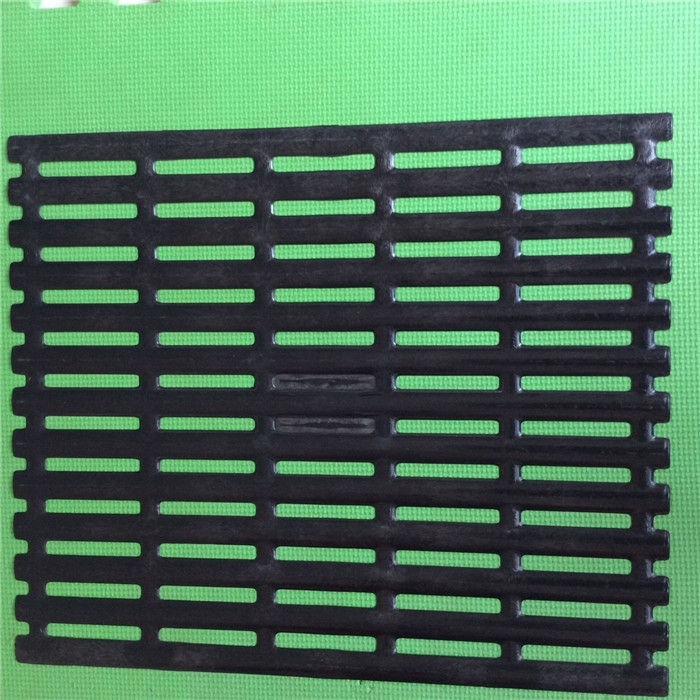Innovative Designs in Poultry Laying Cages for Enhanced Egg Production Efficiency
Nov . 10, 2024 12:31 Back to list
Innovative Designs in Poultry Laying Cages for Enhanced Egg Production Efficiency
The Evolution and Impact of Poultry Laying Cages
The poultry industry plays a crucial role in the global food supply, providing a significant source of protein through eggs and meat. Among the various methods of chicken farming, poultry laying cages have emerged as a common practice, particularly in large-scale egg production. This article explores the evolution, functionality, and ethical considerations surrounding poultry laying cages.
Understanding Poultry Laying Cages
Poultry laying cages are enclosures specifically designed for hens raised for egg production. These cages allow for efficient management and maximizing egg production due to their design, which is often vertical and densely packed. Birds are housed in multiple tiers of cages, providing optimal space for each hen while minimizing the ground area required for operations.
Historically, traditional free-range systems allowed hens to roam freely, which supported natural behaviors. However, as the demand for eggs increased throughout the 20th century, the poultry industry shifted towards more intensive farming methods. The advent of layer cages came about in response to the need for higher efficiency, biosecurity, and cost-effectiveness.
Benefits of Laying Cages
1. Efficiency and Space Utilization Laying cages permit the housing of a higher number of birds in a smaller space compared to free-range systems. This vertical stacking allows farms to operate efficiently, ensuring higher production levels.
2. Improved Biosecurity Caged systems reduce the risk of disease transmission among flocks. With hens housed separately, there is less contact between individual birds, decreasing the likelihood of spreading infections.
3. Controlled Environment In laying cages, farmers can maintain a controlled environment concerning lighting, temperature, and nutrition. This control helps optimize egg production and hen health.
4. Easier Management and Monitoring Caged systems facilitate easier management of the flock, allowing for routine health checks, vaccination, and feeding.
Ethical Considerations
poultry laying cages

Despite their advantages, poultry laying cages have faced significant criticism from animal welfare advocates. The primary concerns stem from the confinement of hens in small spaces, which limits their ability to engage in natural behaviors such as roaming, nesting, and foraging. Critics argue that the welfare of hens is compromised in these systems, leading to physical and psychological stress.
In response to public outcry and changing consumer preferences, many countries and companies have started transitioning away from traditional battery cages to more humane alternatives. These alternatives include
- Enriched Cages These provide slightly larger spaces with added features such as perches, nesting boxes, and scratching areas to promote natural behaviors while still keeping hens within a controlled environment.
- Free-Range Systems These systems allow hens access to outdoor spaces, enabling them to engage in natural behaviors. However, they require significantly more space and can lead to challenges in biosecurity.
- Organic Farming This method combines free-range systems with organic feed and farming practices, catering to consumers' demand for ethically produced eggs.
The Future of Poultry Laying Cages
The future of poultry laying cages is in a state of transformation. As more consumers become concerned with animal welfare, the industry faces pressure to adopt more humane practices. Innovations in cage design, such as enriched cages, show potential for balancing productivity with ethical considerations. Furthermore, technology plays a significant role in improving the living conditions of hens while maintaining efficiency. Automated systems can monitor hen health and egg production, ensuring optimal conditions.
Additionally, regulatory changes are imminent in many regions, pushing the industry towards more sustainable and ethical practices. Both consumers and producers are gradually recognizing the importance of animal welfare in poultry production, leading to a shift in market demand.
Conclusion
Poultry laying cages have revolutionized the egg production industry, offering efficiency and biosecurity. However, the ethical concerns surrounding the welfare of hens have prompted a reevaluation of this practice. As the industry evolves, it is essential to find a balance between productivity and animal welfare, ensuring that the needs of both consumers and hens are addressed. The future of poultry farming lies in innovative solutions that prioritize ethical practices while meeting global food demands.
-
Hot Sale 24 & 18 Door Rabbit Cages - Premium Breeding Solutions
NewsJul.25,2025
-
Automatic Feeding Line System Pan Feeder Nipple Drinker - Anping County Yize Metal Products Co., Ltd.
NewsJul.21,2025
-
Automatic Feeding Line System Pan Feeder Nipple Drinker - Anping County Yize Metal Products Co., Ltd.
NewsJul.21,2025
-
Automatic Feeding Line System - Anping Yize | Precision & Nipple
NewsJul.21,2025
-
Automatic Feeding Line System - Anping Yize | Precision & Nipple
NewsJul.21,2025
-
Automatic Feeding Line System-Anping County Yize Metal Products Co., Ltd.|Efficient Feed Distribution&Customized Animal Farming Solutions
NewsJul.21,2025






